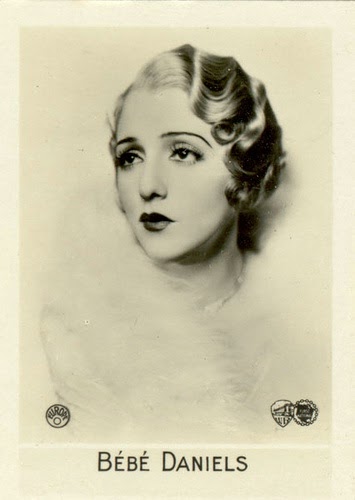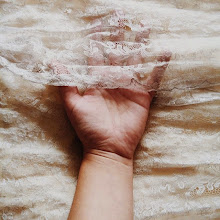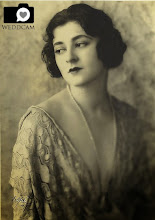Seguro que estáis pensando que hacer unas ondas al agua es super complicado. Pues ya os digo que es un error pensar que el dificil, porque sólo necesitas lo primero tiempo, un protector de calor y una plancha del pelo, bueno y laca para fijar al final.
Las ondas al agua fueron muy populares en las primeras décadas del siglo XX, y en la actualidad se utilizan combinadas con otras técnicas, o para recrear un peinado de época.
Sure you are thinking to make some water waves is super complicated. Well, now I say it's a mistake to think that hard, because you only need the first time, a heat shield and an iron, hair spray and set good in the end.
Water waves were very popular in the early decades of the twentieth century, and today is used in combination with other techniques, or to recreate a vintage hairstyle.
Para realizar las ondas al agua, el cabello debe estar húmedo y limpio. Lo único que se necesitan son los dedos y un peine, así se conseiguen no solo ondas suaves sino también ondas bien marcadas y delimitadas.
Es cuestión de darles un cierta orientación y dirección y así se podrán lograr pos más o menos clásicos.
For water waves, the hair should be wet and clean. All you need are your fingers and a comb, and not only soft waves but also waves are well defined and delimited conseiguen.
It's a matter of giving them a certain guidance and direction so they can achieve more or less classical pos.
Las ondas al agua pueden hacerse sin pinzas o con ellas:
Sin pinzas: su realización es sencilla, se peina un mechón y se empuja hacia delante con el peine. Entre los dedos indice y medio se marca la cresta. Se va repitiendo esta operación a lo largo de todo el mechón y con los demás mechones hasta que hayamos terminado el marcado de hondas que hemos planificado.
Water waves can be made without clamps or with them:
No clamps: its implementation is simple, a tuft is combed and pushed forward with the comb. Between the index and middle fingers the ridge line. He repeats this operation over the entire strand and other strands until we have finished marking slings we have planned.
Con pinzas: en el caso de que las queramos más marcadas. En este caso trazaremos la onda y la sujetaremos colocando las pinzas en el canal. Luego pondremos más pinzas pero esta vez en las crestas con una cierta inclinación. Finalmente, quitaremos las pinzas centrales que habíamos colocado en los canales para evitar que el cabello quede aplastado o con amrcas, pero dejaremos las pinzas que fijan las crestas. Cuando ya estén todas las ondas, cubriremos la zabeza con una redecilla y pasaremos al secador.
With forceps, in the case that we want more marked. In this case the wave will trace and placing the clamps will hold it in the channel. Then we will put more clamps but this time on the ridges with a certain inclination. Finally, we will remove the central clamps that we had placed in canals to prevent hair or pinched amrcas, but leave the clamps that secure the ridges. When they are all waves will cover zabeza with a hairnet and spend the dryer.
I leave a great and funny video where we explained the famous fingers waves.
















No hay comentarios:
Publicar un comentario